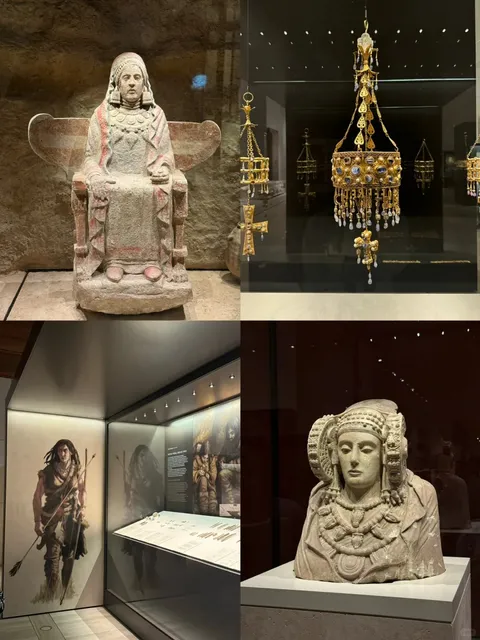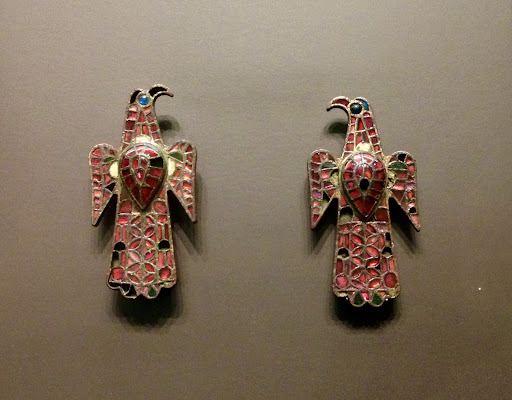National Archaeological Museum things to do, attractions, restaurants, events info and trip planning
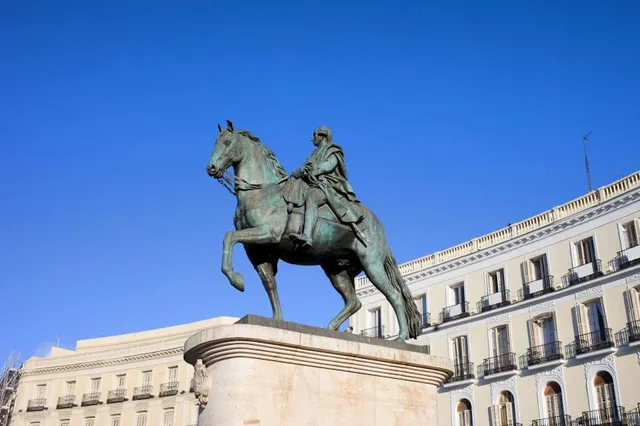
Basic Info
National Archaeological Museum
C. de Serrano, 13, Salamanca, 28001 Madrid, Spain
4.7(10.1K)
Open 24 hours
Save
spot
spot
Ratings & Description
Info
The National Archaeological Museum in Athens houses some of the most important artifacts from a variety of archaeological locations around Greece from prehistory to late antiquity. It is considered one of the greatest museums in the world and contains the richest collection of Greek Antiquity artifacts worldwide.
Cultural
Accessibility
attractions: Fernán Gómez Centro Cultural de la Villa, Biblioteca Nacional de España, Puerta de Alcalá, Bombonería La Pajarita, Museo de Cera, Reproduction of the Altamira Cave, Museum of the National Library, Descubrimiento Garden, Monument to Christopher Columbus, Sala Recoletos - Fundación MAPFRE, restaurants: Lobito de Mar, Flavia Madrid, La Bien Aparecida, Quispe Madrid, Juana La Loca, New York Burger | Madrid, Taberna Los Gallos, La Máquina Jorge Juan, Restaurante La Giralda - Tu Rincón de Andalucía en Madrid -, Pizzart Villa Recoletos | Pizzeria Madrid
 Learn more insights from Wanderboat AI.
Learn more insights from Wanderboat AI.Phone
+34 915 77 79 12
Website
man.es
Plan your stay

Pet-friendly Hotels in Madrid
Find a cozy hotel nearby and make it a full experience.

Affordable Hotels in Madrid
Find a cozy hotel nearby and make it a full experience.

The Coolest Hotels You Haven't Heard Of (Yet)
Find a cozy hotel nearby and make it a full experience.

Trending Stays Worth the Hype in Madrid
Find a cozy hotel nearby and make it a full experience.
Reviews
Nearby attractions of National Archaeological Museum
Fernán Gómez Centro Cultural de la Villa
Biblioteca Nacional de España
Puerta de Alcalá
Bombonería La Pajarita
Museo de Cera
Reproduction of the Altamira Cave
Museum of the National Library
Descubrimiento Garden
Monument to Christopher Columbus
Sala Recoletos - Fundación MAPFRE

Fernán Gómez Centro Cultural de la Villa
4.5
(2.4K)
Open 24 hours
Click for details
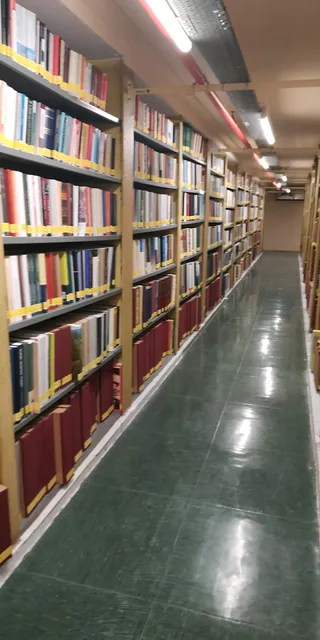
Biblioteca Nacional de España
4.5
(876)
Open 24 hours
Click for details
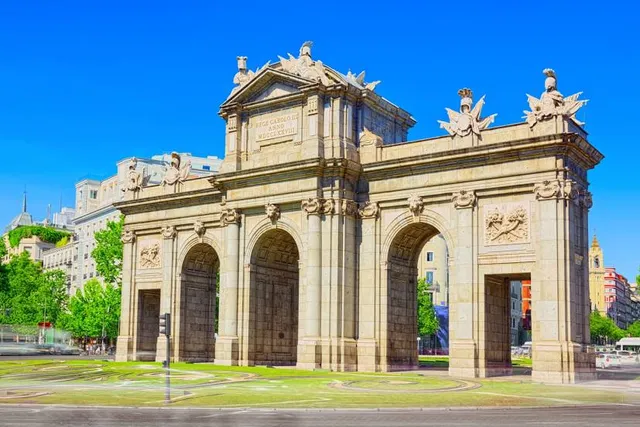
Puerta de Alcalá
4.7
(20.9K)
Open 24 hours
Click for details
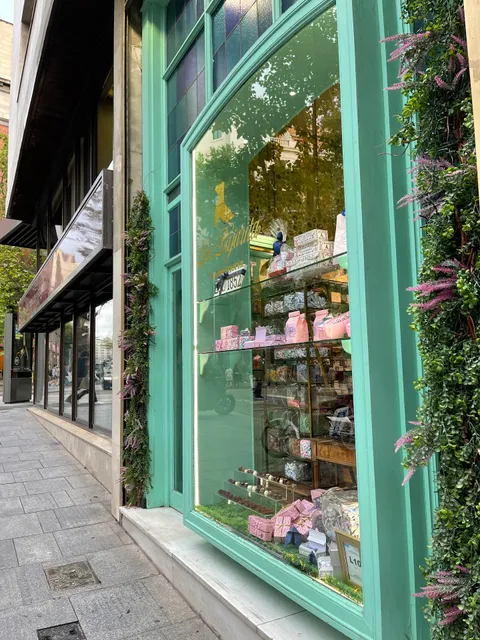
Bombonería La Pajarita
4.6
(369)
Open 24 hours
Click for details
Things to do nearby

¡Desconéctate y juega! Juegos y cuentos con Nuestros móviles 17.00H
Sat, Dec 27 • 5:00 PM
14 Paseo de la Chopera, 28045 Madrid
View details
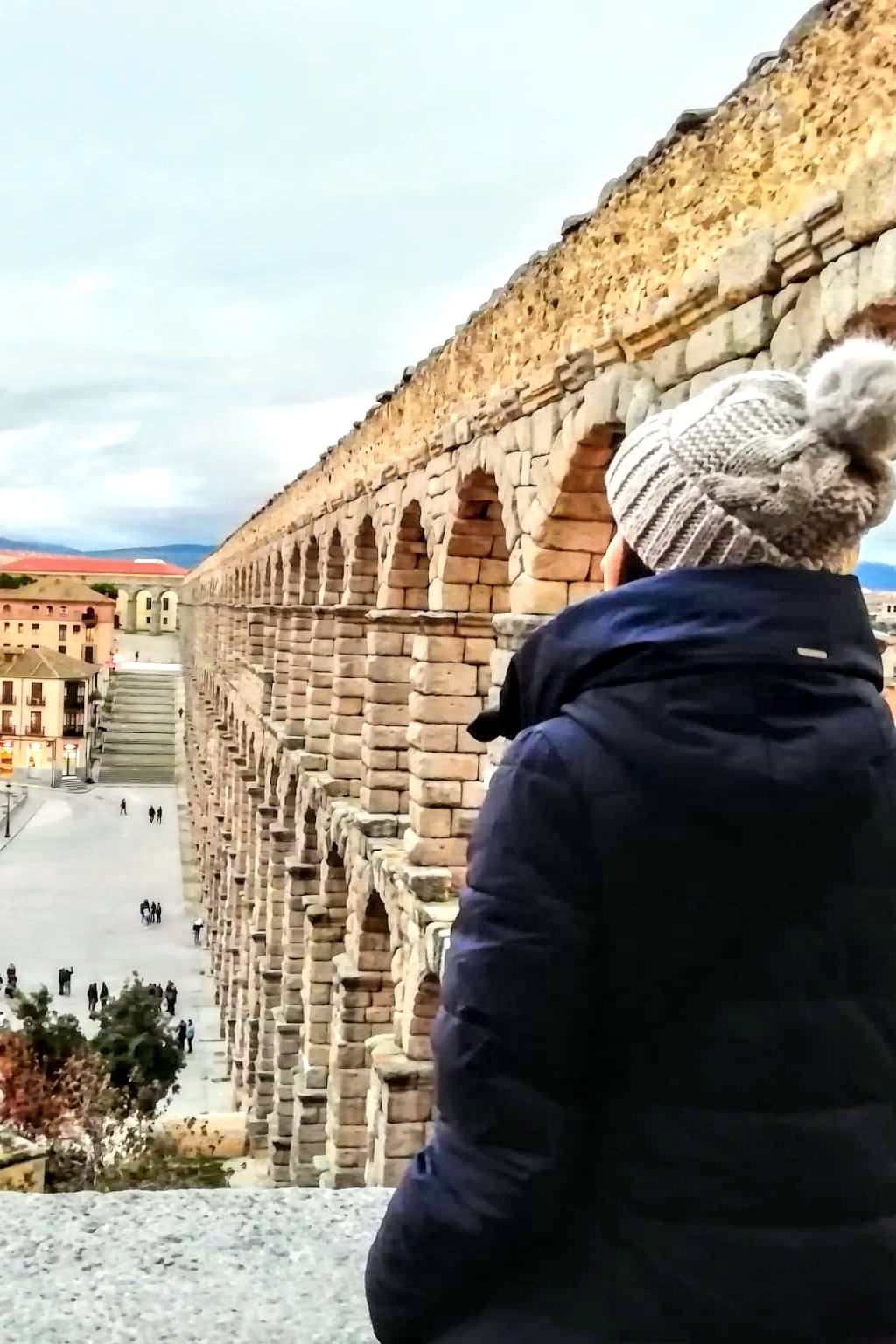
Travel through medieval Spain in Toledo and Segovia
Fri, Dec 26 • 9:00 AM
28009, Madrid, Community of Madrid, Spain
View details
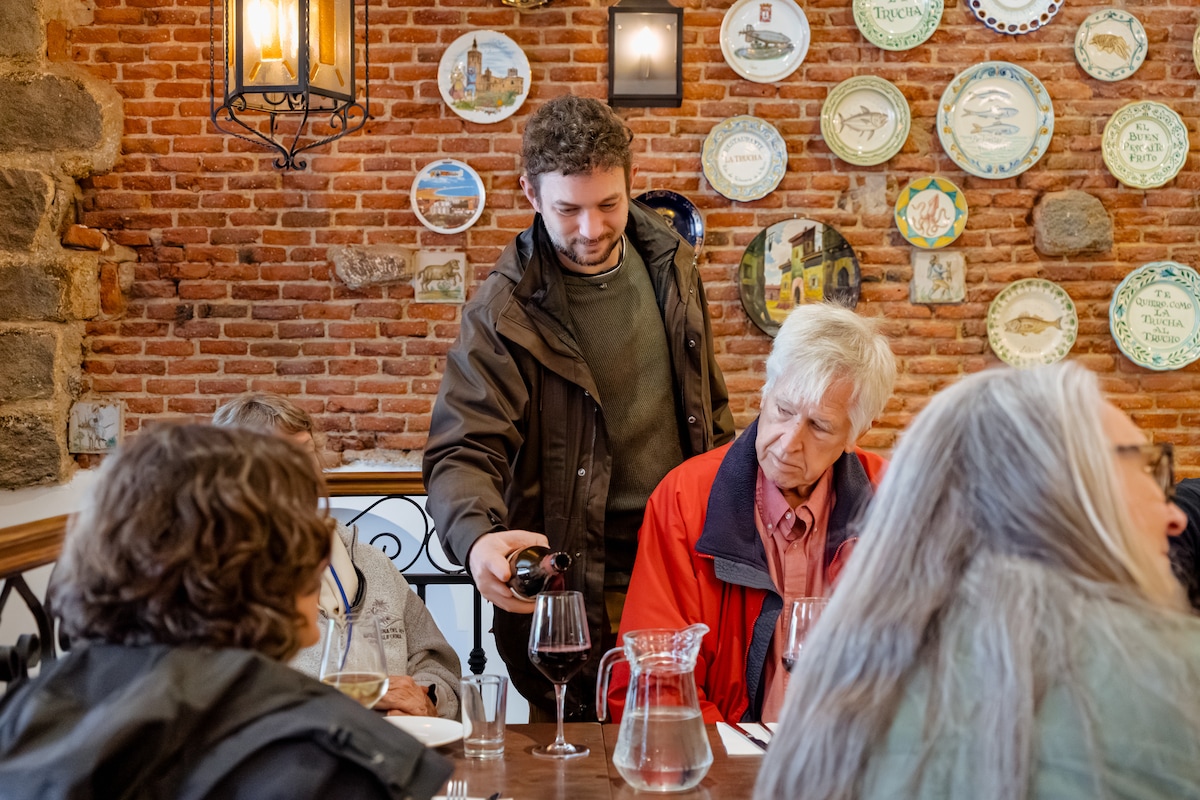
Madrid Tapas & Wine Tasting Tour
Fri, Dec 26 • 12:30 PM
28012, Madrid, Community of Madrid, Spain
View details
Nearby restaurants of National Archaeological Museum
Lobito de Mar
Flavia Madrid
La Bien Aparecida
Quispe Madrid
Juana La Loca
New York Burger | Madrid
Taberna Los Gallos
La Máquina Jorge Juan
Restaurante La Giralda - Tu Rincón de Andalucía en Madrid -
Pizzart Villa Recoletos | Pizzeria Madrid
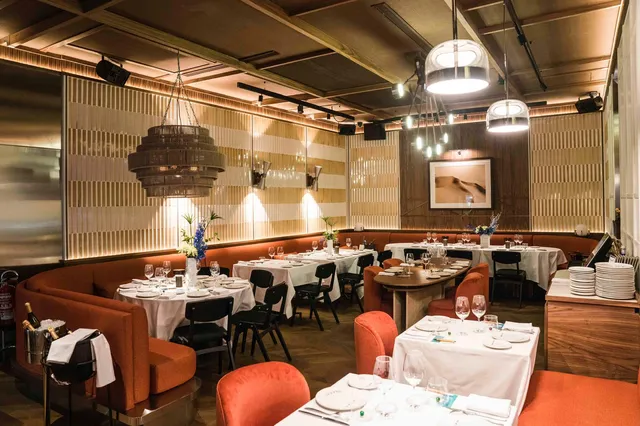
Lobito de Mar
4.3
(3.7K)
$$$
Click for details
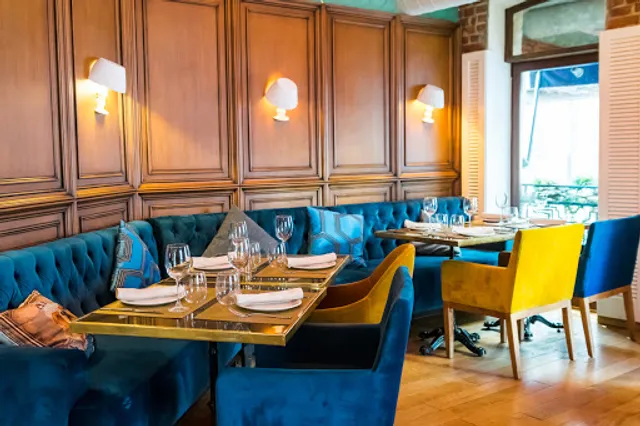
Flavia Madrid
4.3
(1.2K)
Click for details
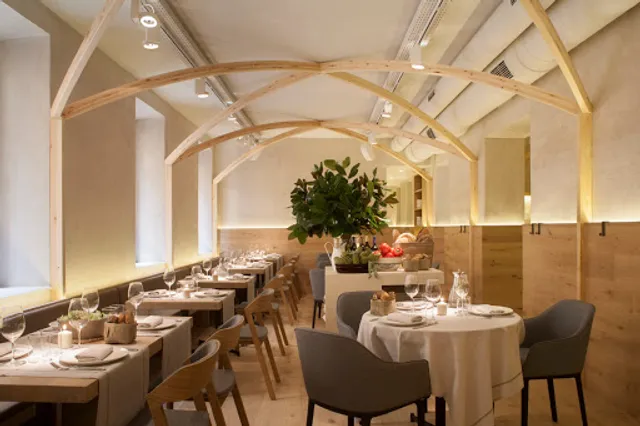
La Bien Aparecida
4.5
(1.5K)
$$$
Click for details
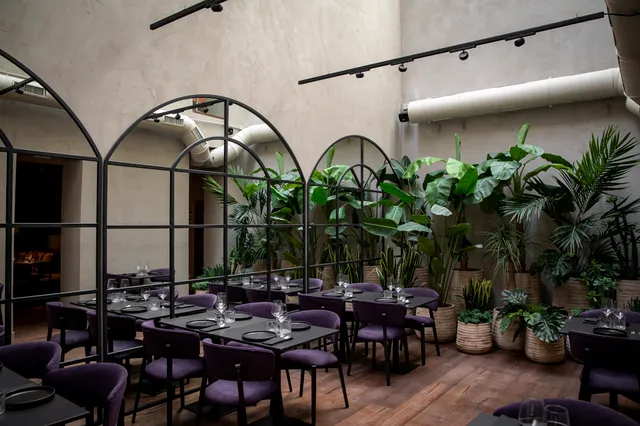
Quispe Madrid
4.7
(2.6K)
Click for details


